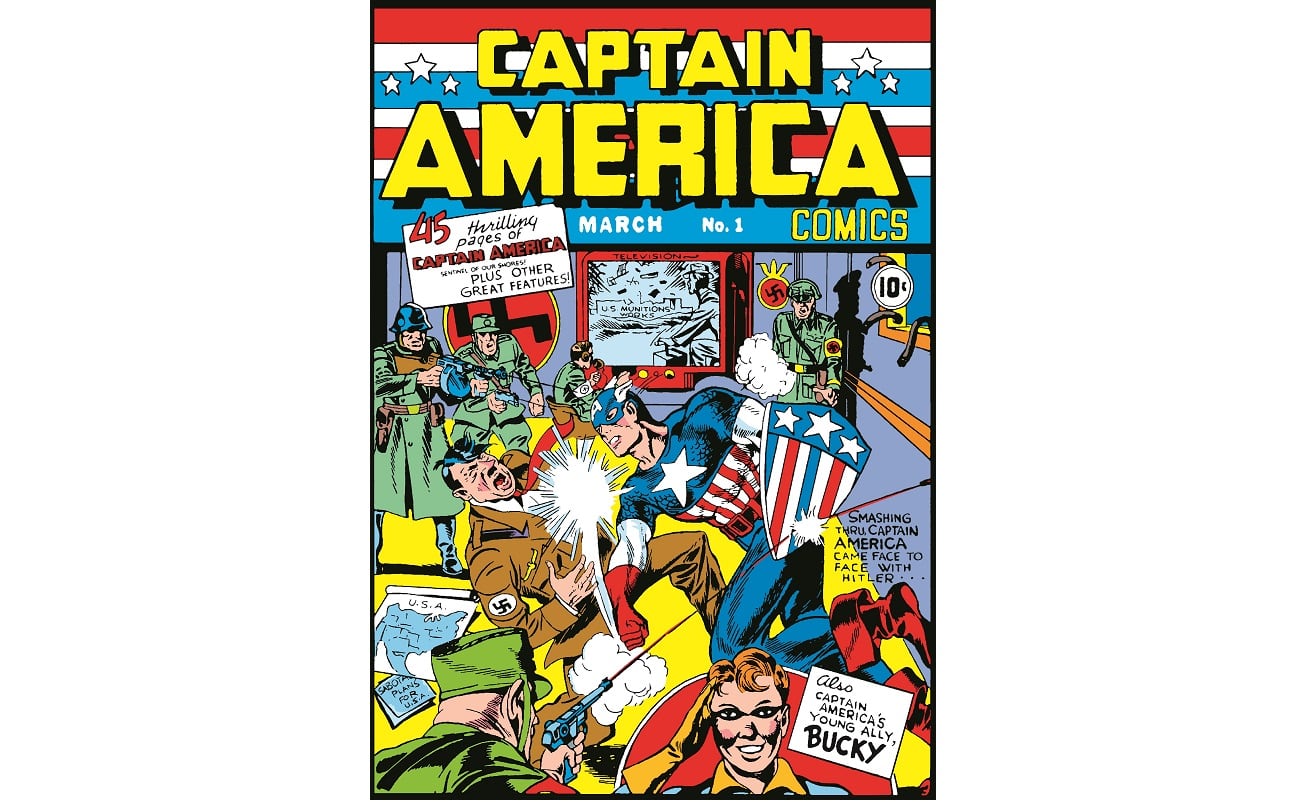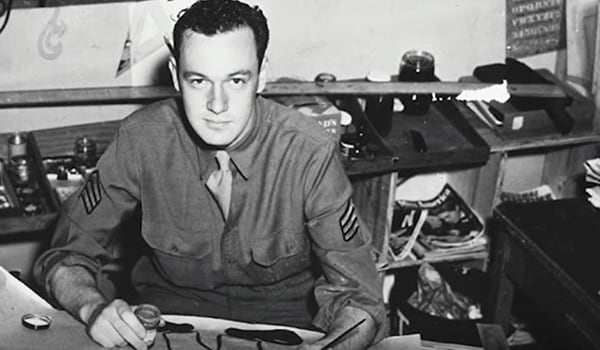With the actor now portraying one of America’s most famous fictional soldiers apparently ready to step away from the role in 2019, it’s natural to ponder the future of the Captain America character — especially since he could be a millionaire in retirement.
The military compensation system doesn’t have a specific flow chart for how to determine the back pay owed to a “super serum”-infused World War II veteran who disappears into the Arctic ice after defeating a mad scientist, then wakes up about 65 years later, in government custody, one attempted escape away from arguing with Samuel L. Jackson in the middle of Times Square.
But shortly before the release of “Captain America: Civil War” in 2016, one enterprising, anonymous contributor to the internet hub Reddit gave the calculations a shot. His best guess: Around $3 million, factoring in inflation.
Business Insider’s James Grebey took the math to the Army, where a spokesperson listed a number of flaws with the Redditor’s calculations, including a misread of World War II-era pay tables and a failure to account for the likely promotions Capt. Steve Rogers would have received while listed as missing in action. That said, “Lieutenant Colonel America: Civil War” probably wouldn’t have grossed $190 million domestic in four days.
So ended the sleuthing, though the Redditor would eventually out himself as David William Allison and give interviews on the matter to his local TV news station. The final verdict from the Army, per spokesman Wayne Hall, was straightforward, if less than revealing: ”[G]iven that he is a fictional character we cannot truly capture all of those variables accurately.”
The size of the potential payout remains a mystery, as does the fate of the film version of the Captain America character. Chris Evans has a new look (and a big beard) in the trailer for “Avengers: Infinity War,” which opens nationwide Friday — and he has a contract that, per the New York Times, will expire after a follow-up Marvel film due out next year.
“You want to get off the train before they push you off,” Evans said in a New York Times profile last month.
Another actor may take on the role of Steve Rogers, or the persona of Captain America could move to another character: Rogers is far from the only one to don the red, white and blue duds in the comics, with more than a dozen other characters taking over the role in various story arcs. James “Bucky” Barnes, Rogers’ friend from 1940s Brooklyn who becomes the Winter Soldier in the movie franchise, even got a chance to take over the uniform after Rogers’ comic book storyline death in 2007.
GOING BY THE BOOK
Going out on one’s shield makes the retirement cash debate moot … but the comic book version of Cap had that wrinkle ironed out decades earlier.
In Captain America No. 312, published in December 1985, Rogers receives, out of the blue, a check from the government for nearly $1 million in back pay. Naturally, the do-gooder attempts to return it, but without success.

What does a selfless superhero do with an extra six figures in the mid-1980s? In this instance, Rogers used it to set up a hotline so that those in need of his services can call him personally. In the days before cellphones, and apparently without any technical support from Stark Industries, he establishes an automated system that allows him to receive distress calls while on the move.
The issue also serves to introduce the Flag-Smasher, an anti-nationalist supervillain who interrupts a Captain America speaking engagement but is eventually subdued by Rogers, who later regrets putting his audience at risk. The villain would make future appearances and eventually form the Underground Liberated Totally Integrated Mobile Army to Unite Mankind, a bad-guy stable that may or may not have been concocted solely to have an impressive acronym — ULTIMATUM.

CAP’S CREATION
Given Stan Lee’s movie cameos and recognition as the man behind the Marvel Universe, it’s natural to assume that Captain America leaped from the mind of the Army veteran, who turned 95 in December.
But Steve Rogers came instead from writer-artists Joe Simon and Jack Kirby, whose first “Captain America” issue hit stands in March 1941, prior to America’s entry into World War II. The cover features Cap laying out Adolf Hitler with what appears to be a right cross.
Lee’s contribution to the character reportedly began when he contributed to the third issue, out later that year. The next year, Lee (then Stanley Lieber) was in the Signal Corps, enlisting shortly after Pearl Harbor. He would eventually put his creative skills to use writing training films for his fellow soldiers before being discharged in 1945.
Kevin Lilley is the features editor of Military Times.









